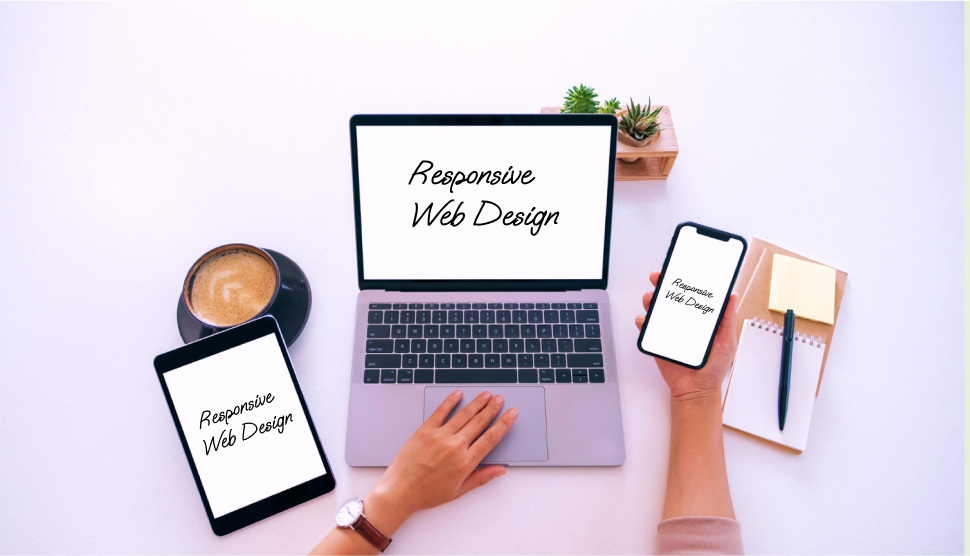Blitz News Digest
Stay updated with the latest trends and insights.
Responsive Web Design: Because Your Site Shouldn't Be a One-Size-Fits-All
Discover why responsive web design is essential for your site. Don't let your online presence be one-size-fits-all! Click to learn more!
What is Responsive Web Design and Why Does It Matter?
Responsive Web Design is an approach to web development that ensures a website is optimized for a variety of devices, including desktops, tablets, and smartphones. This design philosophy emphasizes fluid grids, flexible images, and media queries that allow pages to adapt to different screen sizes and orientations. By utilizing these techniques, web developers create a seamless user experience, eliminating the need for users to zoom in or scroll horizontally to find content. As more people access the internet via mobile devices, responsive web design has become critical in maintaining an engaging and functional online presence.
Implementing responsive web design matters for several reasons. Firstly, it significantly enhances user experience, leading to higher engagement and lower bounce rates. According to studies, websites that are not mobile-friendly risk losing visitors, as users tend to abandon sites that are difficult to navigate on their devices. Secondly, search engines like Google prioritize responsive websites in their rankings, which can lead to increased visibility and higher traffic. Thus, adopting a responsive design is not just a trend but a necessity to foster growth and maintain competitive advantage in today’s digital landscape.

Top 5 Benefits of Implementing Responsive Design for Your Website
In today's digital landscape, implementing responsive design for your website is no longer optional; it is essential. One of the primary benefits is improved user experience, as a responsive design ensures that your site looks and functions well across all devices, from smartphones to tablets to desktops. This adaptability reduces the likelihood of visitors bouncing away from your site due to poor navigation or layout issues.
Furthermore, responsive design can significantly enhance your website's SEO. Search engines like Google prioritize mobile-friendly sites in their ranking algorithms. By having a single, responsive site rather than separate mobile and desktop versions, you streamline your content and increase the chances of higher visibility. In summary, the top five benefits of responsive design include:
- Improved user experience
- Enhanced SEO rankings
- Cost-effectiveness
- Quicker loading times
- Better analytics and tracking
How to Test Your Website's Responsiveness Across Devices
Testing your website's responsiveness across devices is crucial to ensure that all users have a seamless experience, regardless of the device they are using. Start by using online tools or browser developer tools to simulate various screen sizes. Tools like Chrome DevTools allow you to toggle between different device views easily. Additionally, consider checking your website on actual devices such as smartphones, tablets, and laptops to get a true feel of its performance. This process helps identify layout breaks and navigational issues that may not be visible in simulated environments.
Once you've identified issues, create a prioritized list based on the severity of the problems you encounter. Address these issues one by one, testing after each fix. To further enhance your testing process, consider employing frameworks such as Bootstrap that offer built-in responsiveness or utilizing CSS media queries for more control. Finally, it’s essential to test your website's responsiveness not just during development but regularly, especially after making significant changes to your site.